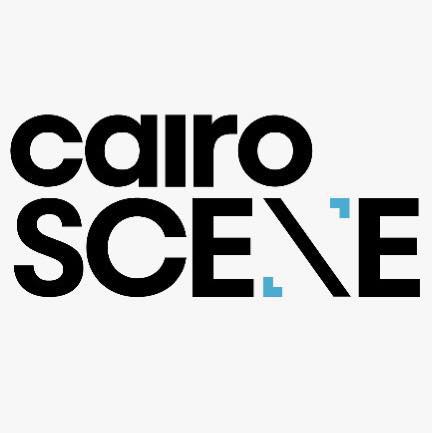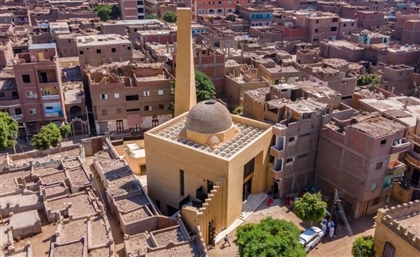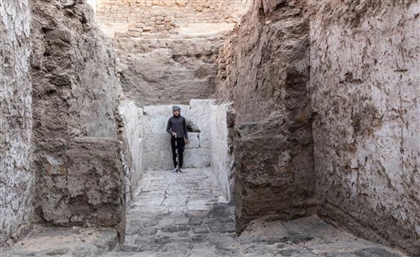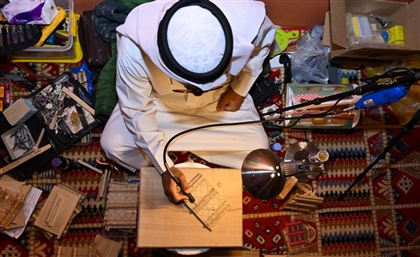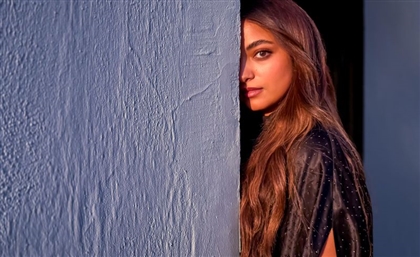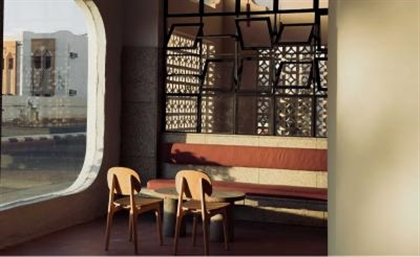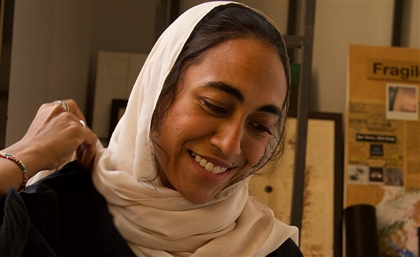Ancient Tomb of Two Brothers Reopens in Sohag After Restoration
The Roman-era Tomb of the Two Brothers in Athribis has reopened after restoration, revealing detailed zodiac art and depictions of daily life from 1,800 years ago.
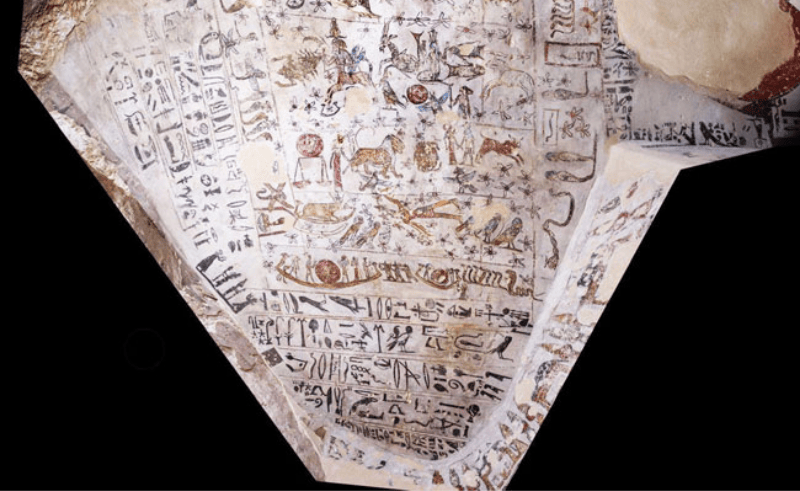
The Tomb of the Two Brothers, a Roman-era tomb in Sohag, has reopened to the public following a year-long restoration led by the Supreme Council of Antiquities. Located in the ancient city of Athribis, the site dates back approximately 1,800 years to the second century AD, and was the final resting place of two brothers, Ip Pamani and Pa Mehyt, sons of Hor Nefer and Tashret Hor Segem. The tomb is distinguished by its vibrant painted ceiling, which features a rare zodiac flanked by figures representing the two deceased brothers, alongside detailed astronomical and funerary scenes.
Restoration efforts focused on both the antechamber and the triangular burial chamber, including the tomb’s western wall niche. Conservation work followed a full condition assessment and adhered to international standards, employing both mechanical and chemical cleaning, pigment consolidation, and the use of historically compatible materials in reconstruction.
First documented more than 150 years ago and excavated by Sir Flinders Petrie in the early 20th century, the Tomb of the Two Brothers remains a key highlight of Athribis, an expansive archaeological site that includes temples, workshops, cemeteries, hermit cells, and a sixth-century church.







